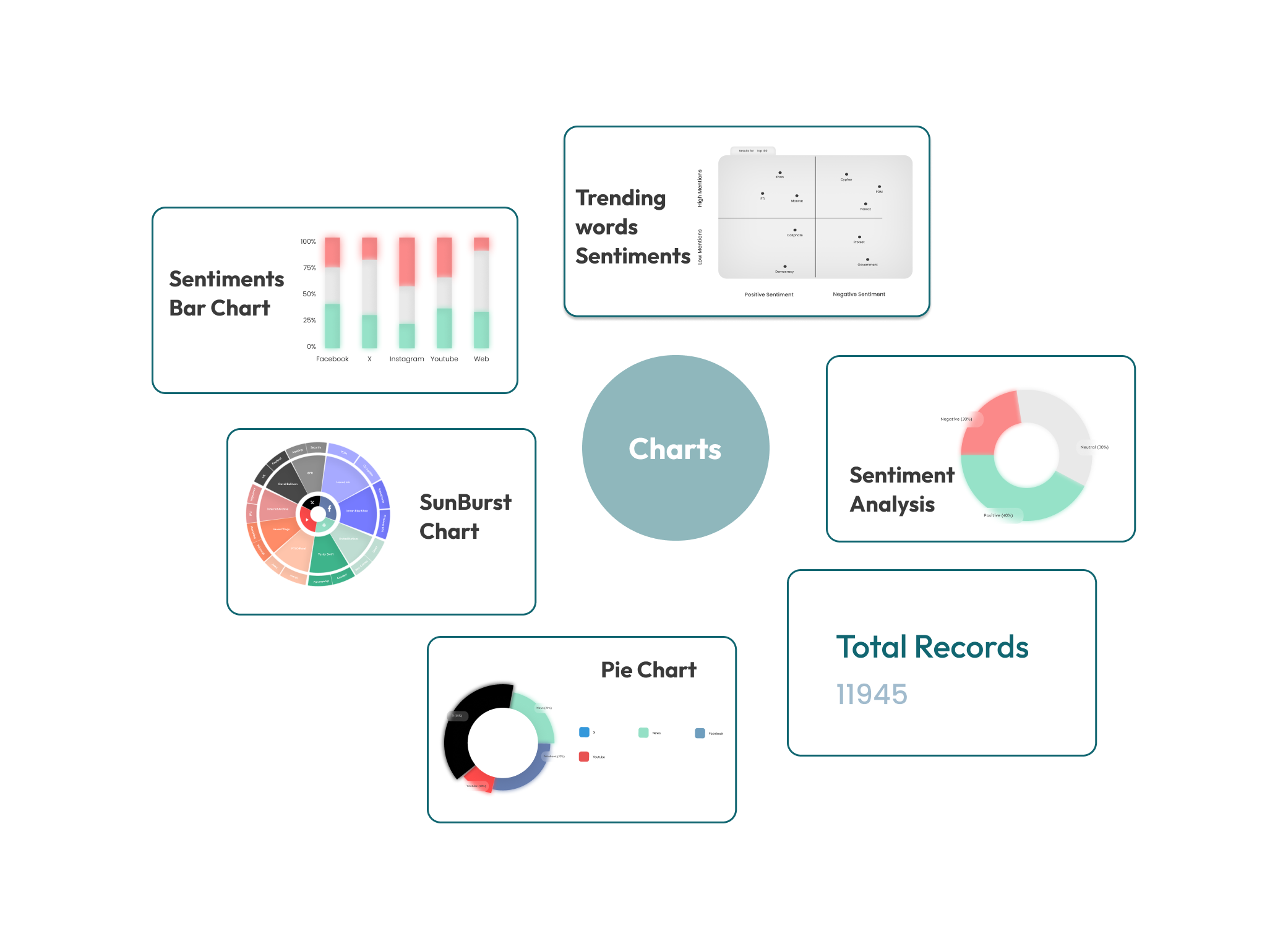The role of social sentiment and crowd wisdom in modern trading
Summary
Remember the last time you chose a restaurant? You probably didn’t just pick the first one you saw. You checked the reviews, right? You saw what the crowd was saying. Well, that same instinct—that collective gut feeling—is now a fundamental […]

Remember the last time you chose a restaurant? You probably didn’t just pick the first one you saw. You checked the reviews, right? You saw what the crowd was saying. Well, that same instinct—that collective gut feeling—is now a fundamental force in the financial markets. It’s no longer just about charts and earnings reports. It’s about the mood, the buzz, the raw, unfiltered sentiment of millions.
Modern trading has been utterly transformed by this digital crowd. Let’s dive in.
What exactly are we talking about? Defining the terms
First, let’s untangle the jargon. Because honestly, it sounds more complicated than it is.
Social Sentiment: The Mood of the Market
Think of social sentiment as the market’s emotional pulse. It’s the aggregate of all the opinions, hype, fear, and greed expressed across social media platforms like X (formerly Twitter), Reddit, and specialized trading forums. It’s not about cold, hard data. It’s about the vibe. When a stock is trending because everyone’s excited, that’s positive sentiment. When a crypto project is getting slammed with doubt and criticism, that’s negative. It’s the digital equivalent of the trading floor’s roar.
Crowd Wisdom: The Collective Brain
Crowd wisdom, on the other hand, is the surprisingly accurate intelligence that can emerge from a large, diverse group of people. It’s the idea that the collective guess of a crowd is often smarter than the analysis of any single expert. In trading, this manifests as the crowd identifying an undervalued asset or spotting a trend before the big institutions catch on. The key here is diversity of thought. When it works, it’s like a thousand detectives all working on the same case, each noticing a different clue.
The engines of sentiment: Where the chatter happens
This isn’t happening in a vacuum. The conversation has specific, powerful hubs.
Reddit (especially r/wallstreetbets): The ground zero for the meme stock revolution. This is where coordinated, high-risk, high-reward strategies are born. It’s chaotic, often irreverent, and has proven its power to move markets.
X/Twitter: The real-time news wire. Finfluencers, hedge fund managers, and corporate CEOs all share this digital space. A single tweet can send a stock soaring or plummeting. The speed here is breathtaking.
Specialized Forums & Discord Servers: These are the more focused, often more technical, backchannels. Here, deep dives into company fundamentals and complex trading strategies are discussed away from the mainstage noise.
How sentiment analysis is actually used in trading strategies
Okay, so there’s a lot of noise out there. How do traders actually make sense of it? They use tools. Sophisticated algorithms now scrape millions of posts, comments, and tweets to quantify the unquantifiable.
These tools measure:
- Volume: How much is a particular asset being talked about? A sudden spike can precede a big price move.
- Sentiment Score: Is the overall conversation positive, negative, or neutral? This is often presented as a numerical value.
- Mention Velocity: How fast is the chatter accelerating?
Traders then use this data in a few key ways:
- Contrarian Indicators: Sometimes, extreme bullish sentiment is a sign that everyone who wants to buy has already bought. That can be a signal to sell. It’s the “When everyone is greedy, be fearful” mantra in action.
- Momentum Confirmation: If a stock is breaking out on high volume and the social sentiment is overwhelmingly positive, it can confirm the strength of the trend.
- Early Warning System: Negative sentiment can flare up around a company long before a formal news report hits the wires. For the alert trader, this is a crucial head start.
The double-edged sword: The power and the peril
Here’s the deal: this power is intoxicating, but it’s also incredibly dangerous. Relying on the crowd is like harnessing a wild river for energy. Get it right, and you have immense power. Get it wrong, and you’ll be swept away.
The Brilliance of the Crowd (When It Works)
The GameStop saga of 2021 is the textbook example. A scattered group of retail traders on Reddit identified that certain hedge funds were massively short-selling the stock. They collectively decided to buy, creating a “short squeeze” of historic proportions. For a time, the crowd was not just wiser than the experts—it was powerful enough to humble them. It was a perfect storm of social sentiment analysis for traders and coordinated action.
The Madness of the Mob (When It Doesn’t)
But the crowd can be fickle, emotional, and easily manipulated. Pump-and-dump schemes, where a group artificially inflates a price only to sell and leave others holding the bag, are the dark side of this collective power. The line between crowd wisdom in financial markets and a digital mob can be razor-thin. You can get caught up in the euphoria, buying at the very peak because “everyone else is doing it.” That’s a recipe for significant losses.
Navigating the noise: A practical approach
So, how do you, as a modern trader or investor, use this without getting burned? You need a strategy. A filter.
Think of social sentiment as one piece of the puzzle, not the whole picture. It should complement your existing analysis, not replace it. Here’s a simple framework:
| Your Tool | How to Use It With Sentiment |
| Technical Analysis | Use sentiment to confirm or question a chart pattern. Is the breakout supported by positive buzz? |
| Fundamental Analysis | Does the social hype match the company’s actual financial health? If not, be very wary. |
| Risk Management | Never, ever bet more than you can lose on a social media tip. The stakes are just too high. |
And honestly, cultivate a healthy sense of skepticism. Question the source. Who is pushing this narrative, and what do they have to gain? The most vocal cheerleaders are often the ones with the most to lose.
The future is conversational
The genie is out of the bottle. The role of social sentiment and crowd wisdom in modern trading will only grow. We’re moving towards a world where AI will get even better at parsing sarcasm, nuance, and context in these online conversations. The line between fundamental value and perceived value will continue to blur.
In the end, the market has always been a psychological beast. It’s driven by fear and greed. The internet hasn’t changed that. It’s just given that beast a megaphone and a global stage. The question isn’t whether you should listen. The question is, how well can you interpret the roar?
